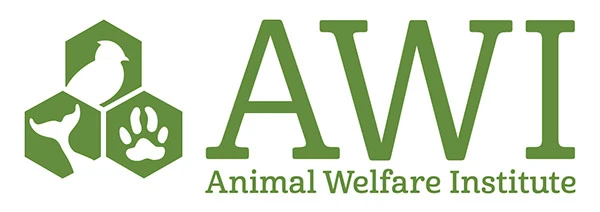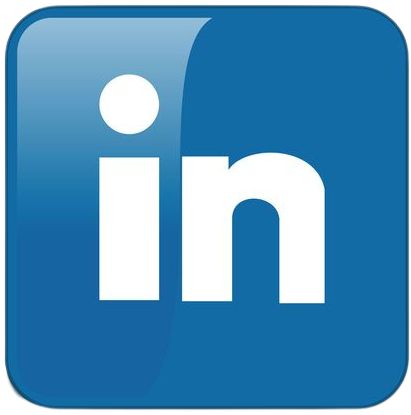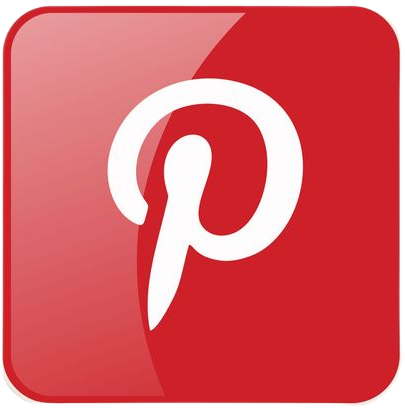Virtual Open House Strategies That Actually Convert
Virtual Open House Strategies That Actually Convert
Most virtual tours get clicks but not action. If you're seeing views without follow-ups, there's a reason. It's not just about showing a home—it's about how you show it. With the right virtual open house strategies, you can turn casual viewers into serious buyers. This guide gives you clear, simple steps to help your next virtual showing actually convert.
Set a Time That Matches Buyer Habits
The time you choose matters more than most agents think. If your virtual tour goes live when buyers are busy, they won’t show up. Late afternoons and early evenings tend to work best, especially on weekdays. People are off work, more relaxed, and more likely to stay focused. Weekends can also work, but avoid early mornings. Nobody wants to tour a home with coffee still in hand.
You don’t have to guess. Check your past open house data, if available. Look at email open rates or social media engagement to find your peak hours. Aim for a tour under 30 minutes to keep attention high. Short, well-timed tours often perform better than long ones packed with too much detail.
Use a Platform Your Buyers Already Know
People won’t join a tour if the tech feels confusing. Stick to platforms they already use, like Zoom, Facebook Live, or YouTube. These don’t require extra steps or downloads, which means less chance of losing interest before the tour even starts.
Make sure your setup works on mobile. Many buyers use their phones, not computers, to join live events. Test the video and sound ahead of time. A quick test run can save you from awkward glitches during the actual showing. Some agents also offer VR online tours for a more immersive view, but only use them if they’re simple to access and run smoothly. Keep it easy, familiar, and smooth. That’s what keeps people watching.
Prep the Space Like It’s Showtime
Think of the space as a stage. Before you go live, clean every corner, declutter surfaces, and hide anything personal. A fresh, neutral setup helps viewers picture their own life there. Good lighting matters just as much—open curtains, turn on lamps, and check for dark spots that make rooms look smaller.
Walk through the space as if you're moving in. Make sure doors open fully, hallways are clear, and furniture placement shows off the layout. Mention how the flow of the home helps avoid unexpected issues on moving day, like tight staircases or awkward corners. Small details like that show you’re thinking ahead—just like a buyer would.
Script the Tour Without Sounding Robotic
Planning what to say keeps the tour focused, but sounding stiff will lose your viewers fast. Use a simple outline instead of a word-for-word script. That way, you hit all the key points without sounding like you're reading.
Focus on what matters most—space, layout, updates, and standout features. Skip long descriptions and get straight to the benefits. Speak like you're talking to someone right there with you. That natural tone builds trust and keeps people listening. Leave space for questions, and don’t rush. A relaxed pace makes the whole experience feel more real.
Interact Live—Don’t Just Talk
Talking to viewers isn't enough. People want to feel involved, not just watch. Pause now and then to ask questions. Use chat or polls to invite quick feedback. When someone comments, respond to them by name. It makes the tour feel personal, not scripted.
The most effective virtual open house strategies create two-way interaction. Ask viewers what they want to see more of. Let them guide parts of the tour. This keeps them engaged and shows what matters most to them. Buying a home brings stress, so when you show that you understand their concerns, they stay more engaged and more likely to follow up.
Highlight What Makes This Home Different
Every home has something that sets it apart. Show the features that photos can’t capture well, like how light fills a room or how the layout feels in motion. If there’s extra storage, built-in shelving, or upgraded finishes, point them out clearly.
Also, talk briefly about the area. Mention nearby parks, schools, or shops. Use quick facts that help people picture living there. You’re not just showing walls and floors—you’re helping buyers imagine their daily life in that space. Small, real details leave a stronger impression than generic phrases ever will.
Clear Calls to Action as Part of Your Virtual Open House Strategies
People won’t take the next step if it feels like a big commitment. Keep your call to action simple and clear. Ask them to book a private showing, request more info, or get a brochure. One small step is more inviting than a list of options.
Drop the link during the tour and mention it casually. Let them know it only takes a minute. You can even offer something extra, like early access to new listings or a preferred time slot. That small incentive can move them from watching to acting.
Follow Up Within 24 Hours
Reaching out soon after the tour keeps you fresh in their mind. Send a quick thank-you message or a short video to show you appreciate their time. Include a link to the tour replay or highlights to make it easy for them to revisit.
Ask if they have any questions or want to schedule a visit. Keep the tone friendly and casual. A good agent doesn’t disappear after the tour—they stay involved and make it easy for buyers to take the next step. A prompt, thoughtful follow-up can turn interest into a serious conversation and eventually a sale.
Track What Worked—and What Didn’t
After your virtual open house, review the attendance numbers and how long people stayed. If many viewers leave early, check which part caused them to lose interest. This helps you spot what to improve for next time.
Pay attention to questions and comments from viewers. They show what matters most to buyers. You can also send a quick survey asking what worked well and what could be better. Using this feedback will help you fine-tune your tours and make them more effective.
Want Better Turnout Next Time? Start With These Fixes
If your virtual events aren’t drawing enough viewers, don’t give up. Start by focusing on the basics that matter most. Pick the right time, use a platform your buyers know, and make the space look inviting and easy to explore. Remember, the best virtual open house strategies are simple and interactive. When you plan carefully and connect with your audience, more viewers stick around. That means more leads and a better chance to close the deal. Keep improving with each tour, and you’ll see the results grow.
WE OFFER OVER
25+
PROGRAMS
WE HAVE SERVED
12000+
STUDENTS
VETERAN STAFF
40+ Years
INDUSTRY EXPERIENCE
PROUDLY PROVIDING
23+ Years
OF EDUCATION
INLAND REAL ESTATE SCHOOL, INC. SUPPORTS

Campus Visiting Hours by appointment only:
1st-18th each month AM times, M-F
19th-end of the month PM times, M-F
Visiting hours need to be scheduled in advance
OAK BROOK, ILLINOIS 60523. © INLAND REAL ESTATE SCHOOL, INC. A PROFESSIONAL LEARNING INSTITUTE, INC. COMPANY, 2010. ALL RIGHTS RESERVED.
NOT AFFILIATED WITH THE INLAND REAL ESTATE GROUP OF COMPANIES, INC. THE INLAND NAME IS USED UNDER LICENSE. Privacy Policy







